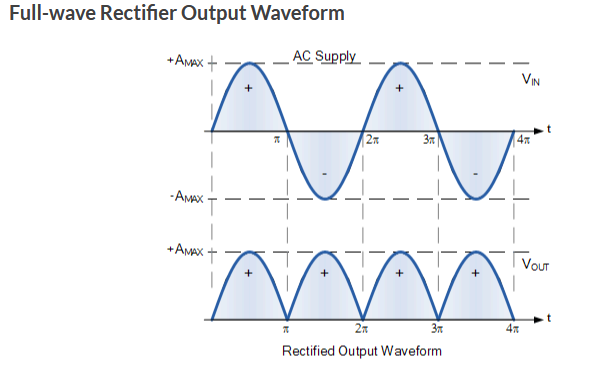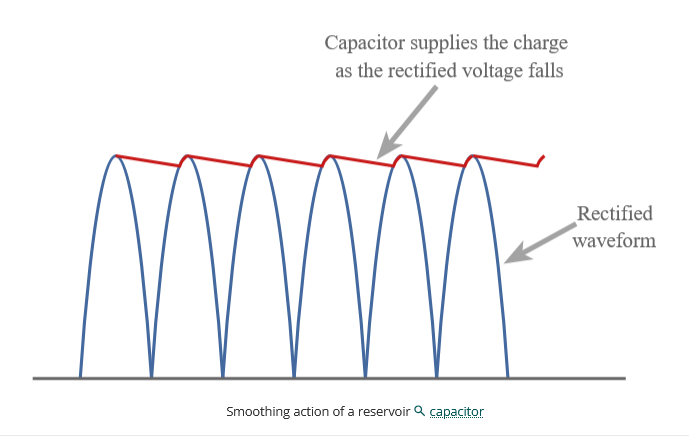Type I looks as if from the movie Scream…
Is Type F a Cyberman from Dr Who?..
" and a variant of Type N which does not have a ground prong"
The Europlug
Yes, it indeed is not on this diagram…
Sometimes some of us also use a converted Type C with two sides carved flat to fit into the outlets designed for Type F. Using a non-grounded plug in an outlet made for grounded plugs, totally against the rules …
The McGyver method? ![]()
In Germany the variations in voltage didn’t affect anything as I recall. But the frequency (50 Hz) did.
Yup. That could F things up
A, B, G, and I are common in the US.
In the UK we down graded from 240/415 to 230/400 to come into line with the rest of Europe. We also had to relax our tolerance which at the time was +/- 5% to +/- 10%.
I work with 230/400/11K ![]()
But when I lick the terminals it doesn’t taste any weaker!.. ![]()
Someone asked me, why would the frequency make any difference? In the barracks, where I rarely slept, somehow we had the lower voltage, but the frequency was still 50 Hz. So - we didn’t need a transformer to run any of our stuff. However, any electric clocks plugged into an outlet were off by ten minutes every hour. You had to do Chinese Algebra to calculate when you wanted the alarm to go off.
Oddly, my Kenwood linear tracking turntable ran at the correct speed in my apartment in Berlin, even though it ran on the same 50 Hz frequency. In fact, all of the stereo components must have had a switch in back or something, because I plugged them directly into the wall with an adaptor, but never used a transformer there either.
Clock: the power grid frequency is used to control the clock, the motor synchronises with the grid frequency.
Radios, turntables and other electronics uses DC internally so it doesn’t really matter what the frequency in the grid is. The transformers inside electronics usually provide many voltages on the output side. The rectified sinus waveform is then showed through some capacitors to smooth the “bumps” and get proper DC for the electronics.


The jaggedness of the rid curve above depends on the anmount of $$$ spent on the
circuitry.
Modern transformers use switching to get smooth DC with better efficiency.
It threw off digital clocks as well. Motorized clock? Nah, I liked the little wind up I bought in East Berlin. I used to tell it bogus secrets in case they were listening in.
Digital clocks only showing digits or was it the type with hands?
Digits. Off by ten minutes every hour. Remember, I’m a grunt. I need digital to tell time.
Maybe some of the really cheap types didn’t use a quartz crystal as time reference and relied on the grid frequency instead.
I don’t think the PX was selling top of the line digital clocks…
Now stereo systems on the other hand. I still have mine here, shipped all the way from Germany.
Type I is used in NZ, though there is a variant with no ground plug, you also see Type A used with the prongs twisted to fit Type I
Mal